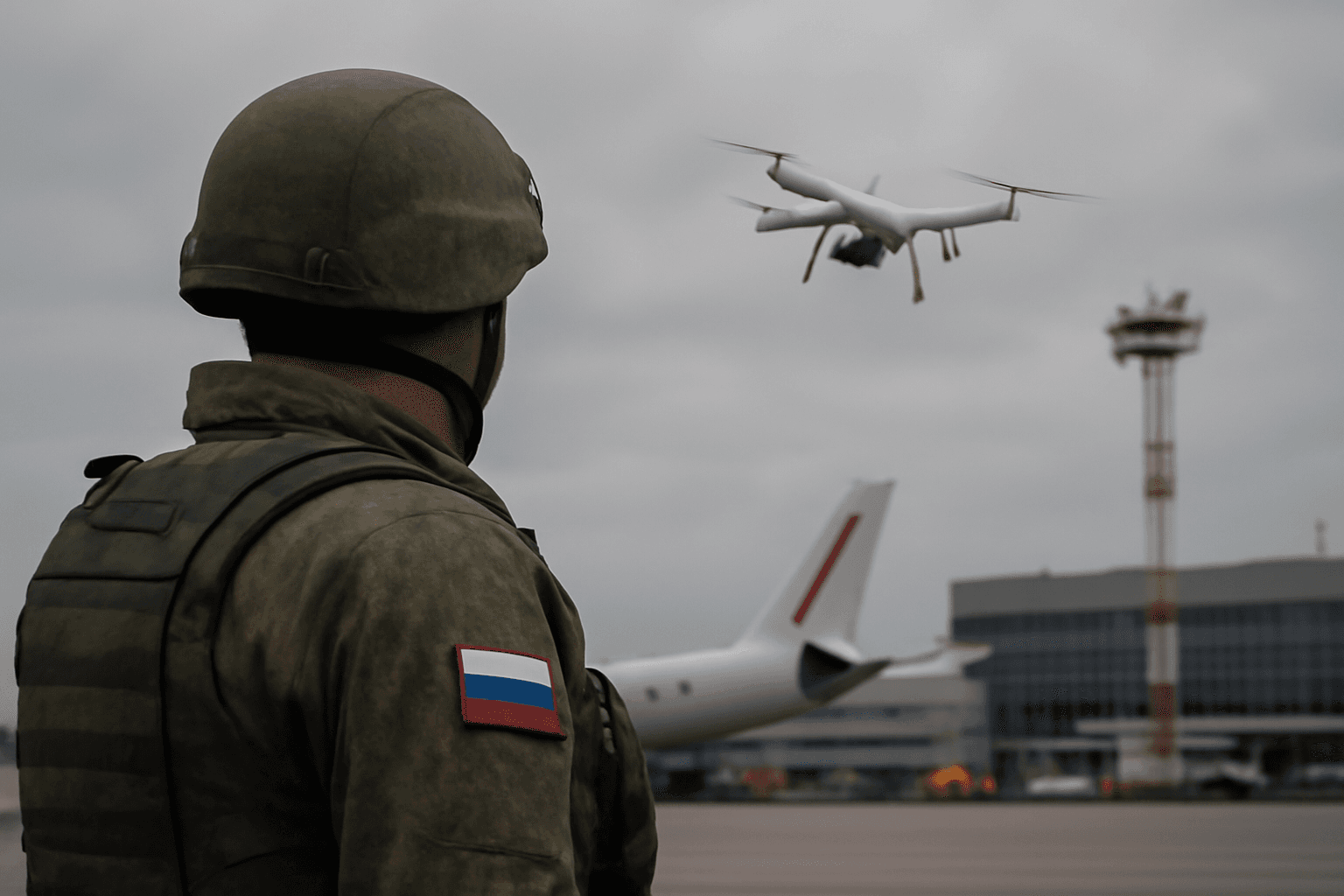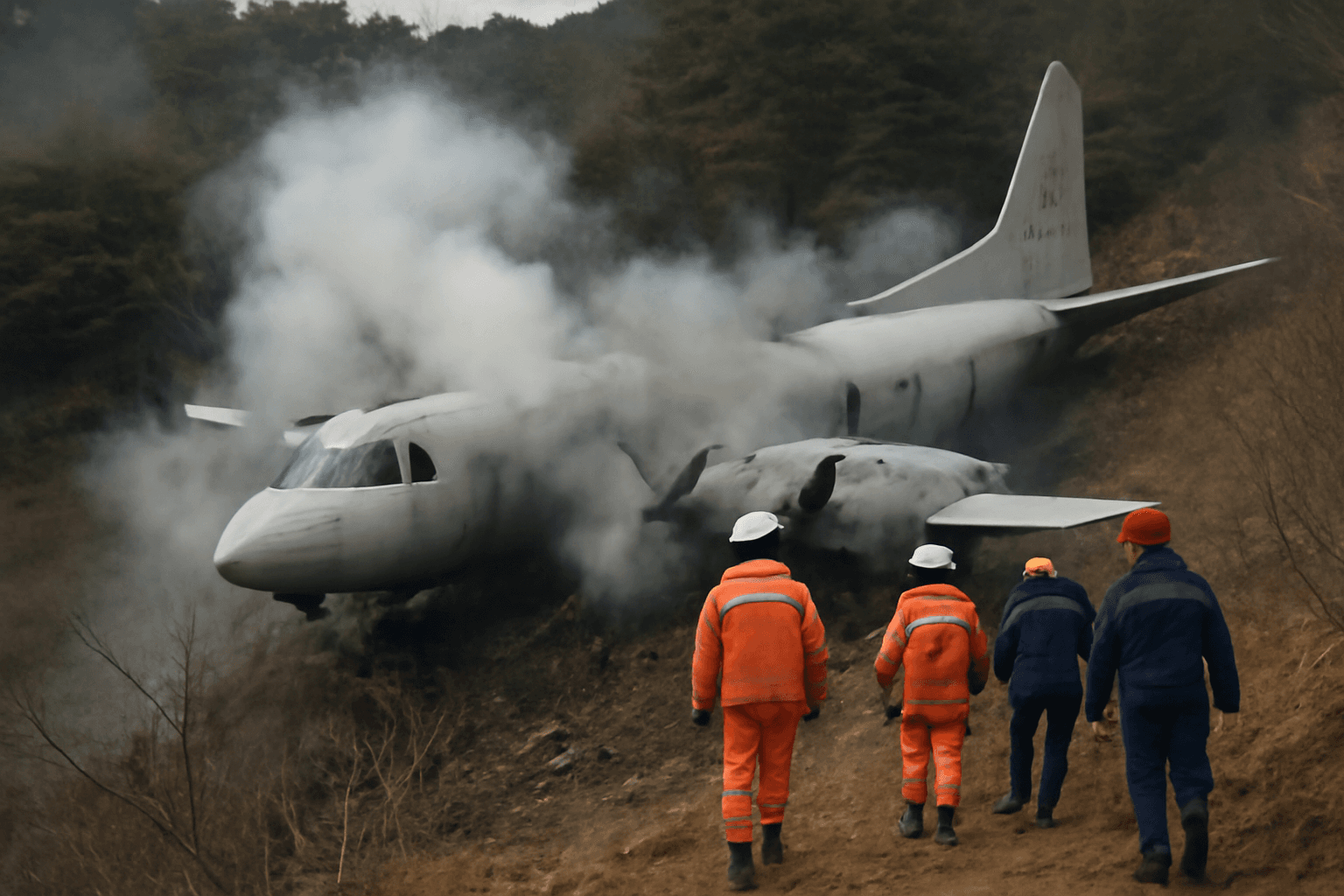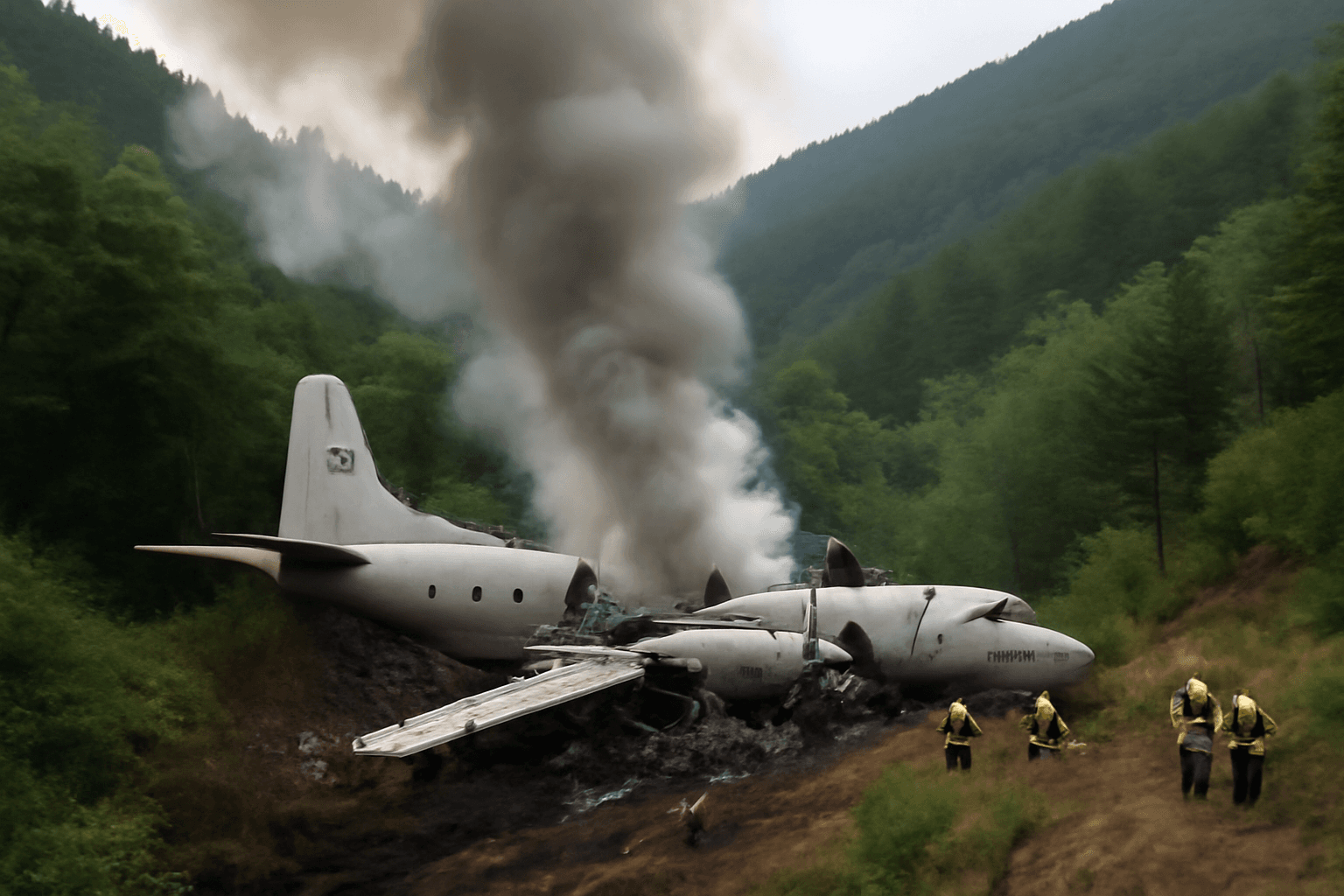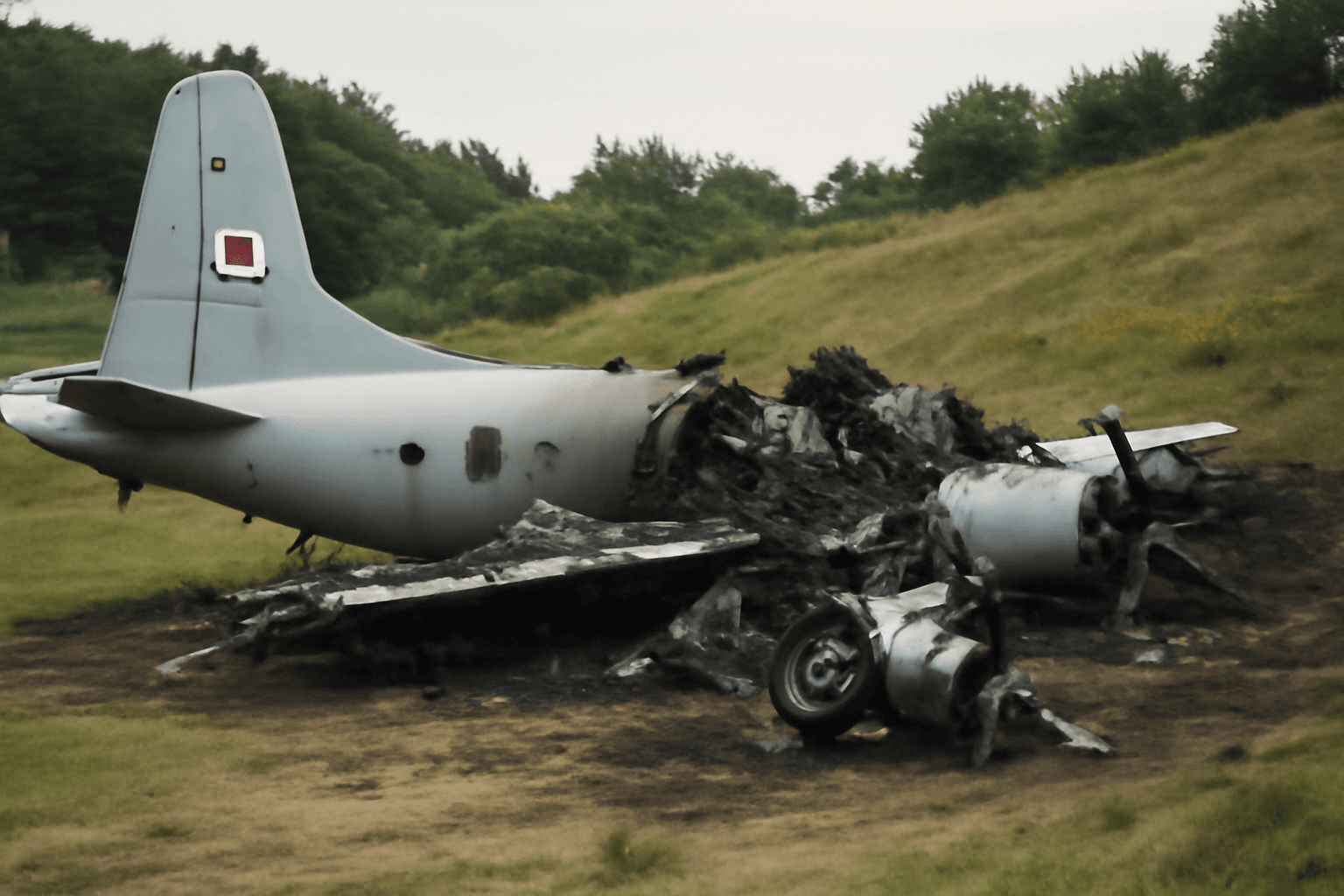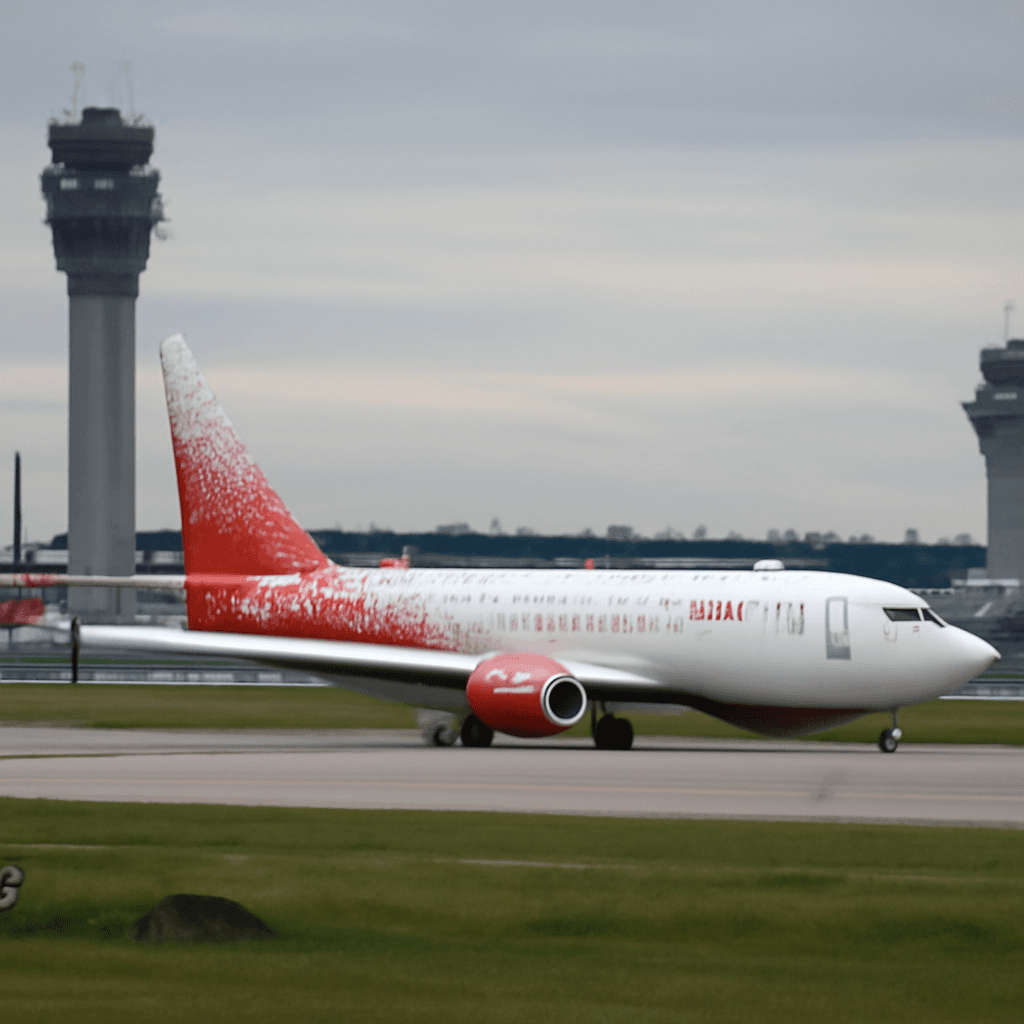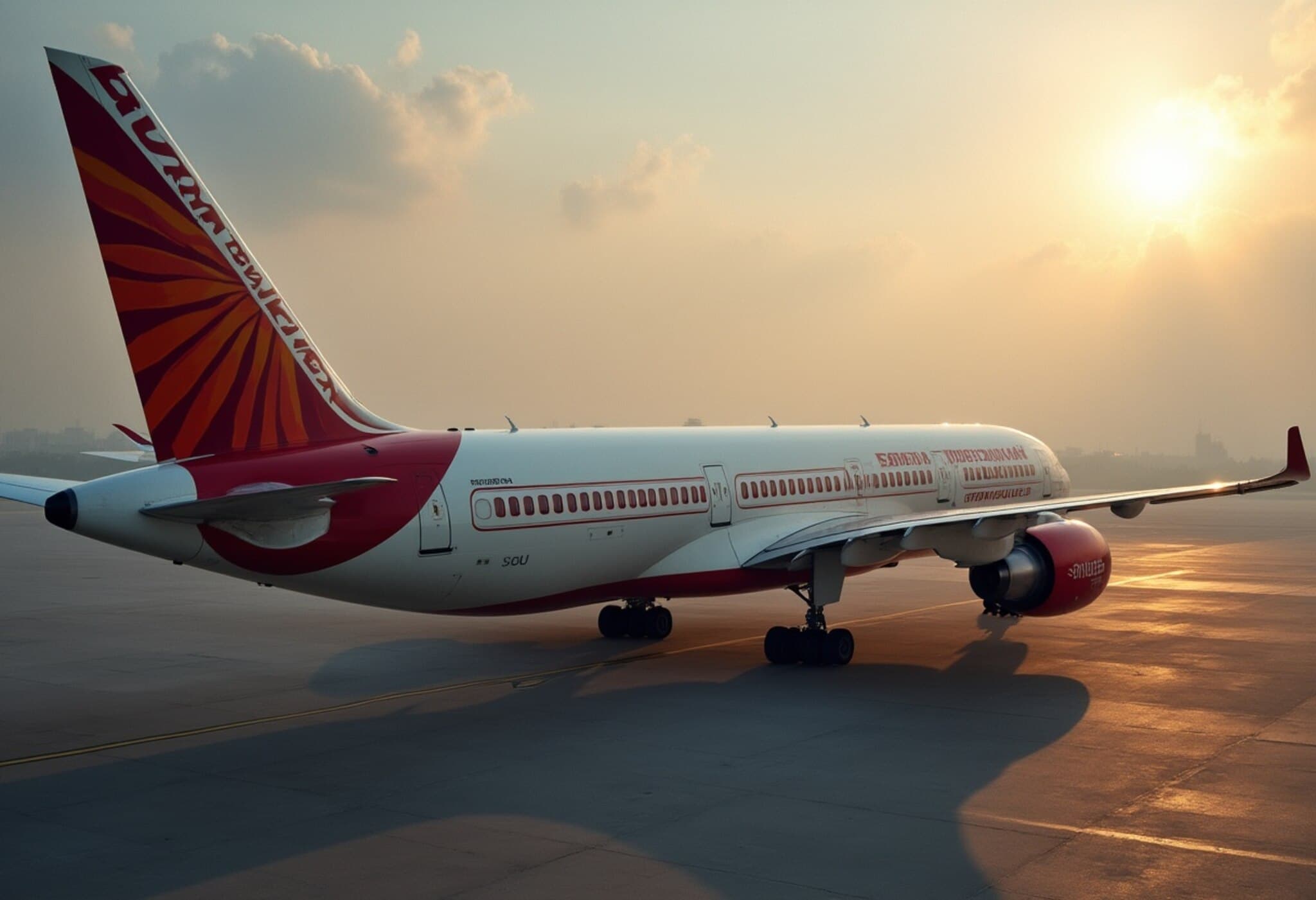Zurich-Bound Swiss Flight Makes Precautionary Landing in Germany
On Monday, Swiss International Air Lines took an unexpected detour when its Zurich-bound flight originating from Belgrade was forced to make an unscheduled landing in Friedrichshafen, Germany. The decision came after reports of light smoke emerging in the rear section of the Airbus A220’s cabin, prompting the flight crew to prioritize passenger safety above all.
A Calm Landing Amidst Uncertainty
Authorities and the airline confirmed that the landing was uneventful, with no injuries reported among passengers or crew members. Upon touching down safely, passengers were swiftly organized and provided with bus transportation to complete their journey to Zurich, ensuring minimal disruption despite the unexpected halt.
Investigating the Cause of Cabin Smoke
Swiss International Air Lines has launched a thorough investigation to determine the root cause of the smoke incident. While initial reports describe the smoke as 'light,' any cabin smoke is treated with utmost seriousness in aviation due to potential safety risks. The investigation will involve detailed examination of the aircraft systems and maintenance records to prevent recurrence of similar incidents.
Expert Insight: The Importance of Safety Protocols in Aviation
Speaking from the perspective of aviation safety experts, such precautionary landings, though inconvenient, underscore the rigorous safety protocols airlines adhere to. Smoke detected onboard can indicate mechanical or electrical malfunctions that may not immediately impact flight operations but warrant immediate attention. These preventive measures are critical in safeguarding lives and upholding public confidence in air travel.
Contextualizing the Incident within European Aviation
European aviation authorities maintain stringent standards regarding in-flight incidents. The rapid response by the Swiss International crew reflects well-established emergency procedures. Furthermore, Friedrichshafen airport, while smaller than major hubs, is well-equipped to handle such diversions, highlighting the interconnected safety network across Europe.
What This Means for Passengers
- Timely communication: Passengers were informed promptly, showcasing commitment to transparency.
- Safe onward travel: Arrangements such as bus transportation minimized inconvenience.
- Airline accountability: Active investigations signal the airline’s dedication to safety improvements.
Looking Ahead
As investigations continue, passengers and industry observers alike await findings that could shed light on how smoke detection systems function in modern aircraft such as the Airbus A220. The incident serves as a reminder of the complex challenges airlines face in balancing operational efficiency with uncompromising safety standards.
Editor’s Note
This incident highlights the vigilance required in aviation safety and the swift readiness of airlines to respond to potential hazards. While no injuries or major issues arose, it prompts us to reflect on the vital role of systematic maintenance, real-time monitoring, and crew training in averting crises. For frequent flyers and regulators, such events reinforce confidence in the robust safeguards built into air travel despite the unpredictable nature of in-flight environments.


